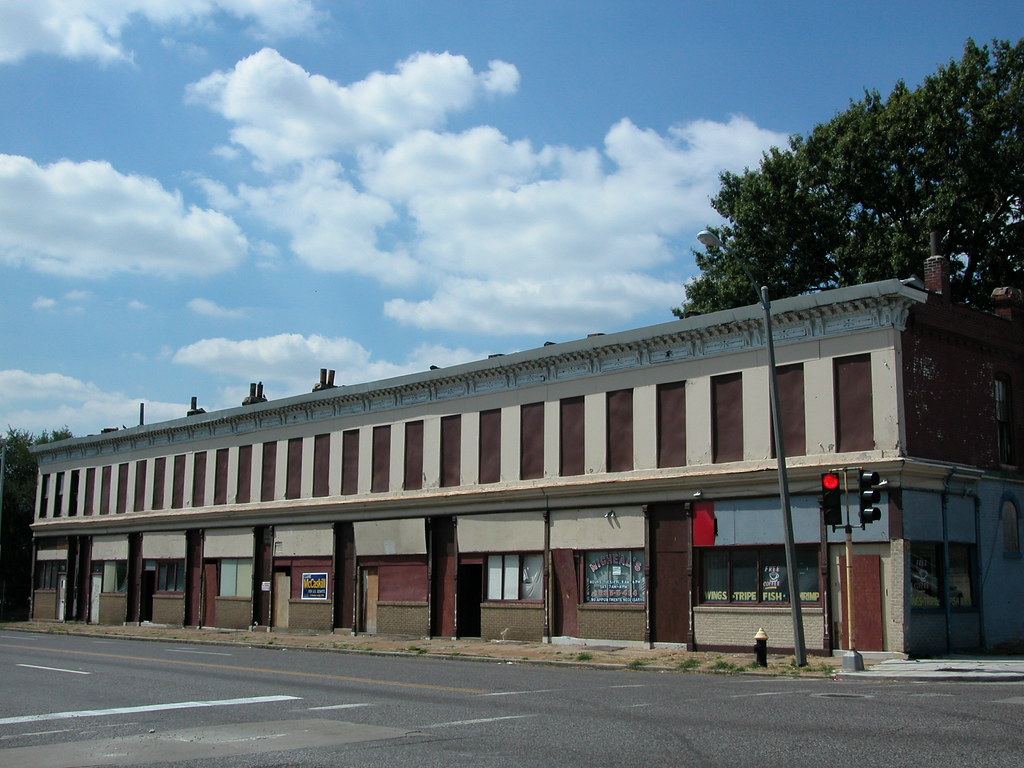 Once upon a time, on April 21, 1886, the city government issued a building permit for a continuous row of seven adjacent stores with flats above at 1121-33 N. Vandeventer. P.G. Gerhart was the developer of the $12,000 project. The result was a graceful building in the Italianate style. Striking cast iron columns supported the spans of each wide storefront opening. A wooden cornice capped the stone-clad front wall, and decorative brick corbelling continued the cornice line to a side entrance on Enright, above which the parapet wall formed a pediment to mirror the surround of the entrance. The handsome commercial row was located at a prime corner in the sought-after Midtown neighborhood, home of the city's wealthy and middle class movers and shakers.
Once upon a time, on April 21, 1886, the city government issued a building permit for a continuous row of seven adjacent stores with flats above at 1121-33 N. Vandeventer. P.G. Gerhart was the developer of the $12,000 project. The result was a graceful building in the Italianate style. Striking cast iron columns supported the spans of each wide storefront opening. A wooden cornice capped the stone-clad front wall, and decorative brick corbelling continued the cornice line to a side entrance on Enright, above which the parapet wall formed a pediment to mirror the surround of the entrance. The handsome commercial row was located at a prime corner in the sought-after Midtown neighborhood, home of the city's wealthy and middle class movers and shakers.This was not the only such endeavor on Vandeventer, a major north-south artery here. Nor was it the Gerhart family's only commercial row on the street. The presence of a street car line on Vandeventer along with the residential population of the area drew developers to an intensive building boom that lasted between 1875 and 1900. During that time, at least sixteen rows of adjacent stores like the Gerhart row went up. Most of these were two stories. Vandeventer must have had an urban character like no other street in the city, what with the effect of so many well-designed rows of shops.
Flash forward over 120 years, and the row is facing its demise in December 2008. After sitting vacant for a half-decade, the old row had ended up owned by someone who wanted it gone. The condition at the time of demolition was good, with no structural failures and all of the character-defining pieces still in place. The rise and fall and rising-again of Midtown had taken its toll on Vandeventer, depleting the stock of such rows to a handful by the dawn of the 21st century. Now the oldest survivor met its demise, and the street is poorer for it. Vandeventer north of Lindell Boulevard is marked by vacant lots and low-density new construction, with a handful of surviving historic buildings. This row was keeping its block on the good side of architectural wasteland status. Today, the site is yet another muddy lot adorned by spindly grass blades and blowing debris.
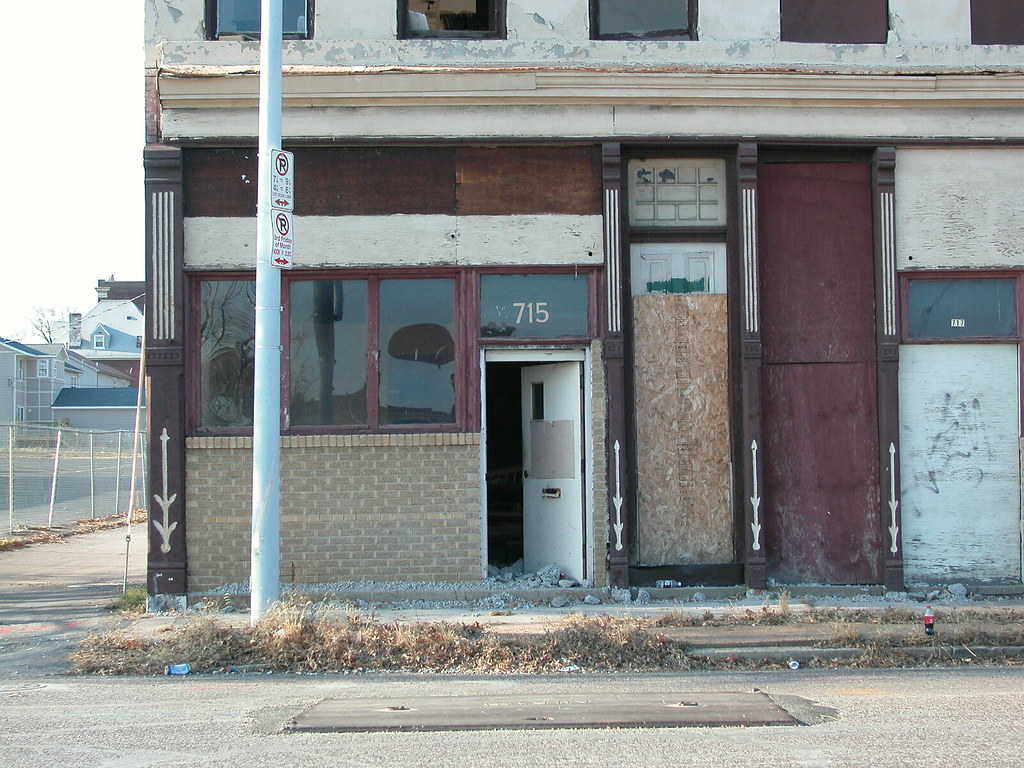
During demolition, wreckers from Bellon Wrecking staged work in accordance with the building's party walls, leaving isolated sections standing untouched between areas that were demolished.
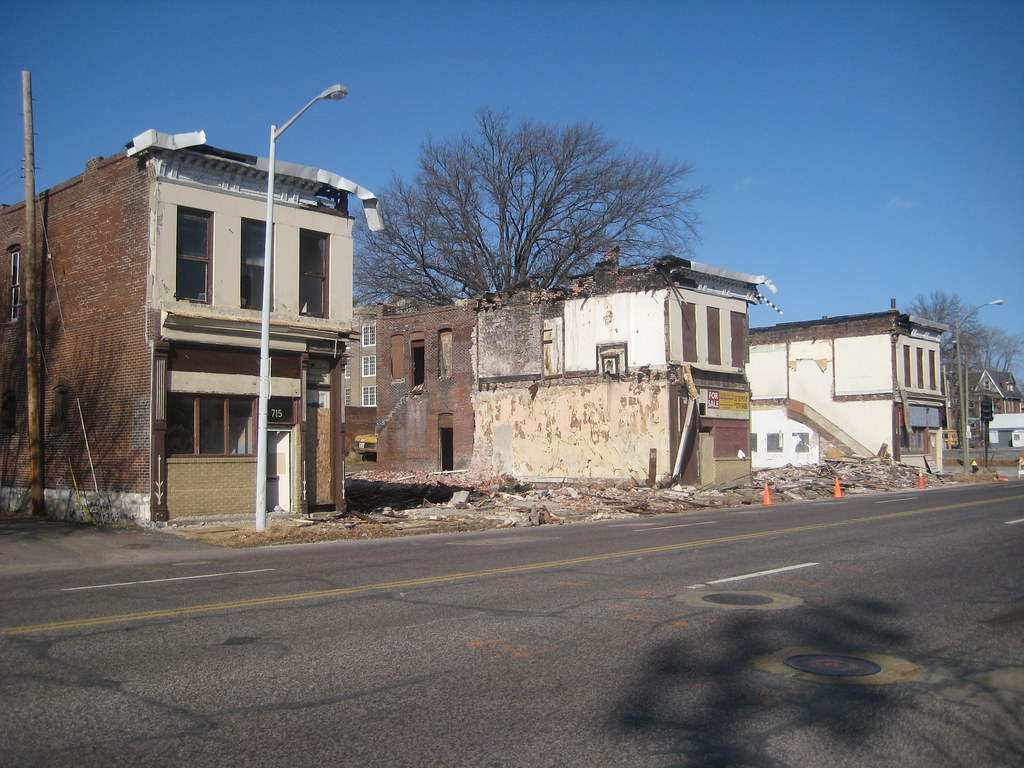
Architect Paul Hohmann photographed the demolition while it was underway, and has posted an extensive number of photographs here.
The loss of the row at Vandeventer and Enright delivered a sharp blow, but it was not the only one in 2008. In July, demolition commenced at the third of the surviving rows on Vandeventer, located at 1121 N. Vandeventer. The Guardian Angels purchased the site for construction of a new facility earlier in the year.

This row contained six storefronts arranged symmetrically along Vandeventer. The storefronts also had fine cast iron columns with Ionic capitals, and the second floor had arrangements of Roman-arched windows as book ends. This row dates to a permit issued on October 18, 1895 to Mrs. L.A. Crosswhite for six adjacent stores and flats. A.M. Baker served as architect, and Thomas Kelly was contractor. The row was totally vacant when I photographed it in 2006, but its loss was still jarring. Again, this stretch has lost its landmarks, and the site of this row is now another vacant lot with a sign promising new construction in the future.
Now the only remaining commercial row on Vandeventer is the Gerhart Block, developed by another Gerhart, at the southwest intersection of Vandeventer and Laclede. The Gerhart Block dates to 1896 and was designed by August Beinke. Its French Renaissance style has strongly eclectic traits and its historic integrity is stunning. The Gerhart Block and an adjacent building on Laclede Avenue were listed in the National Register of Historic Places in 2003; read the nomination by Lynn Josse here.
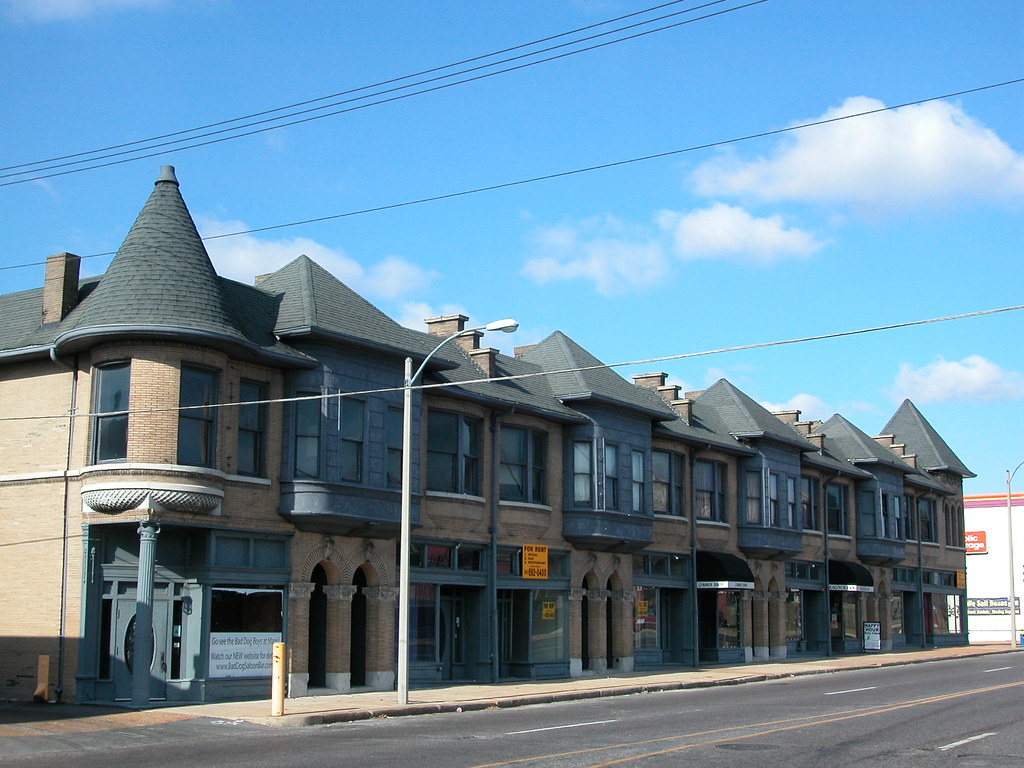
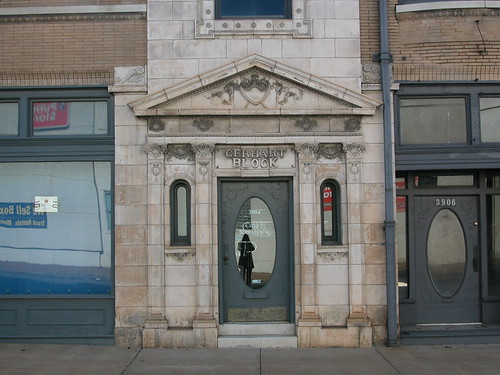 | 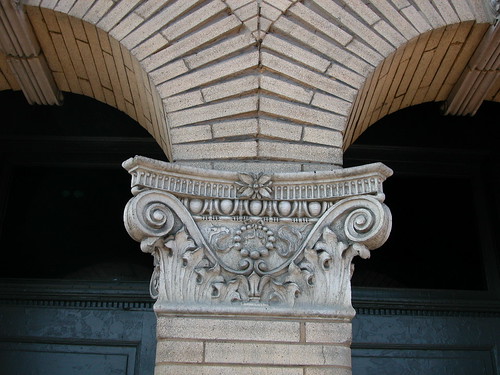 |
The sad fact is that this all that remains of the commercial rows of Vandeventer. There is some solace in that what survives is one of the most exquisite and well-preserved rows on the street, with landmark designation, demolition protection and tenants.

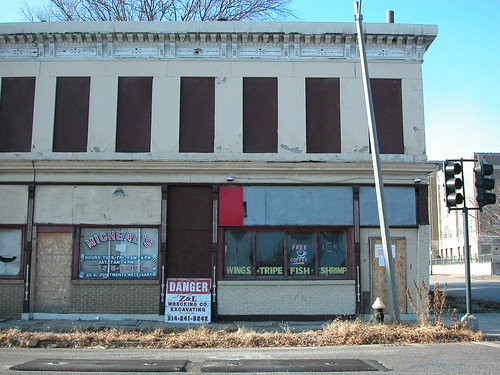
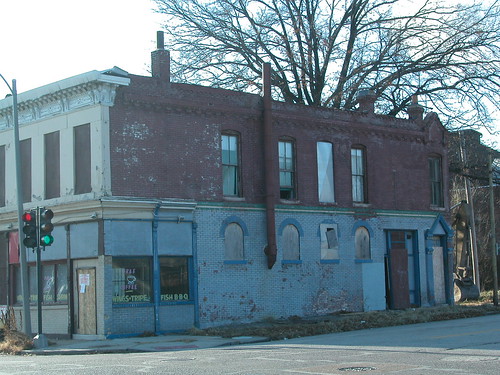




1 comment:
I want to know how these incidents can be halted in the future.
What do you believe is needed to render demolition review a public process? These losses affect the whole city, whether folks far removed from this area realize it or not.
Post a Comment